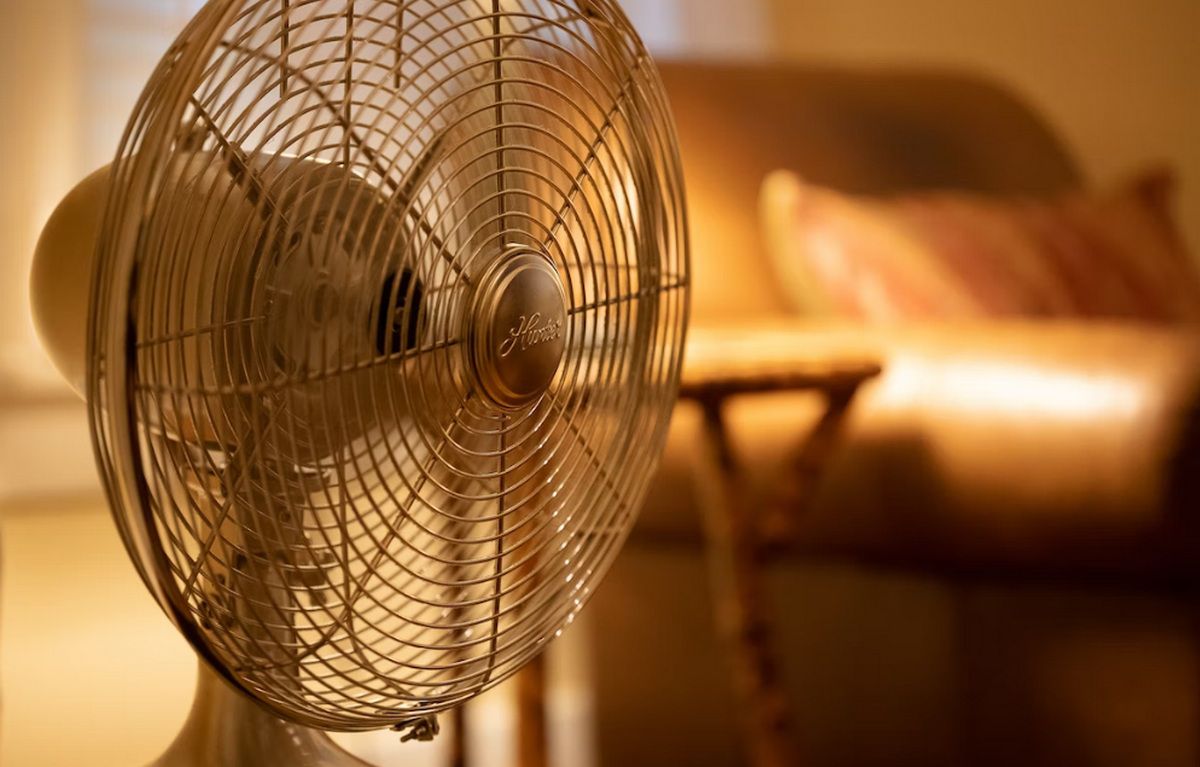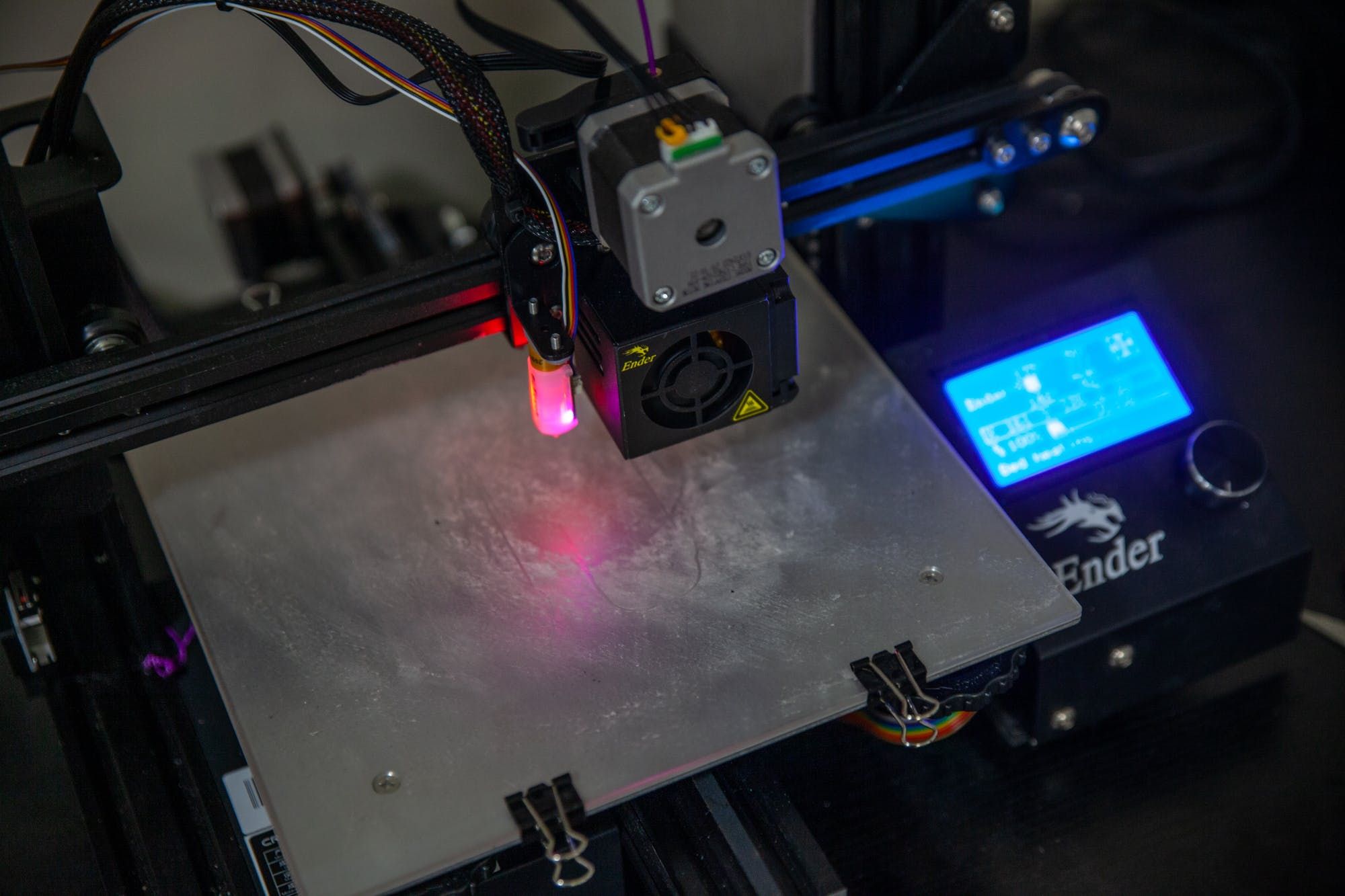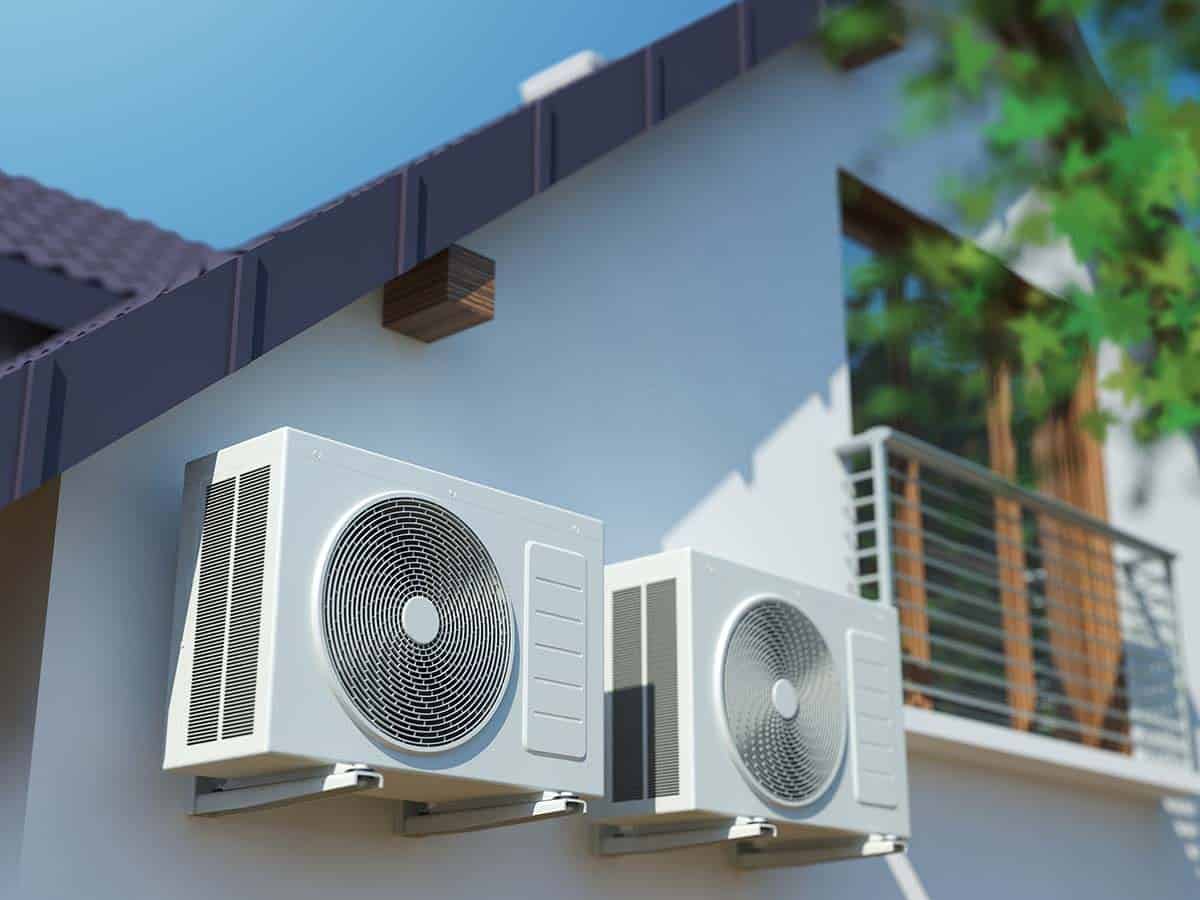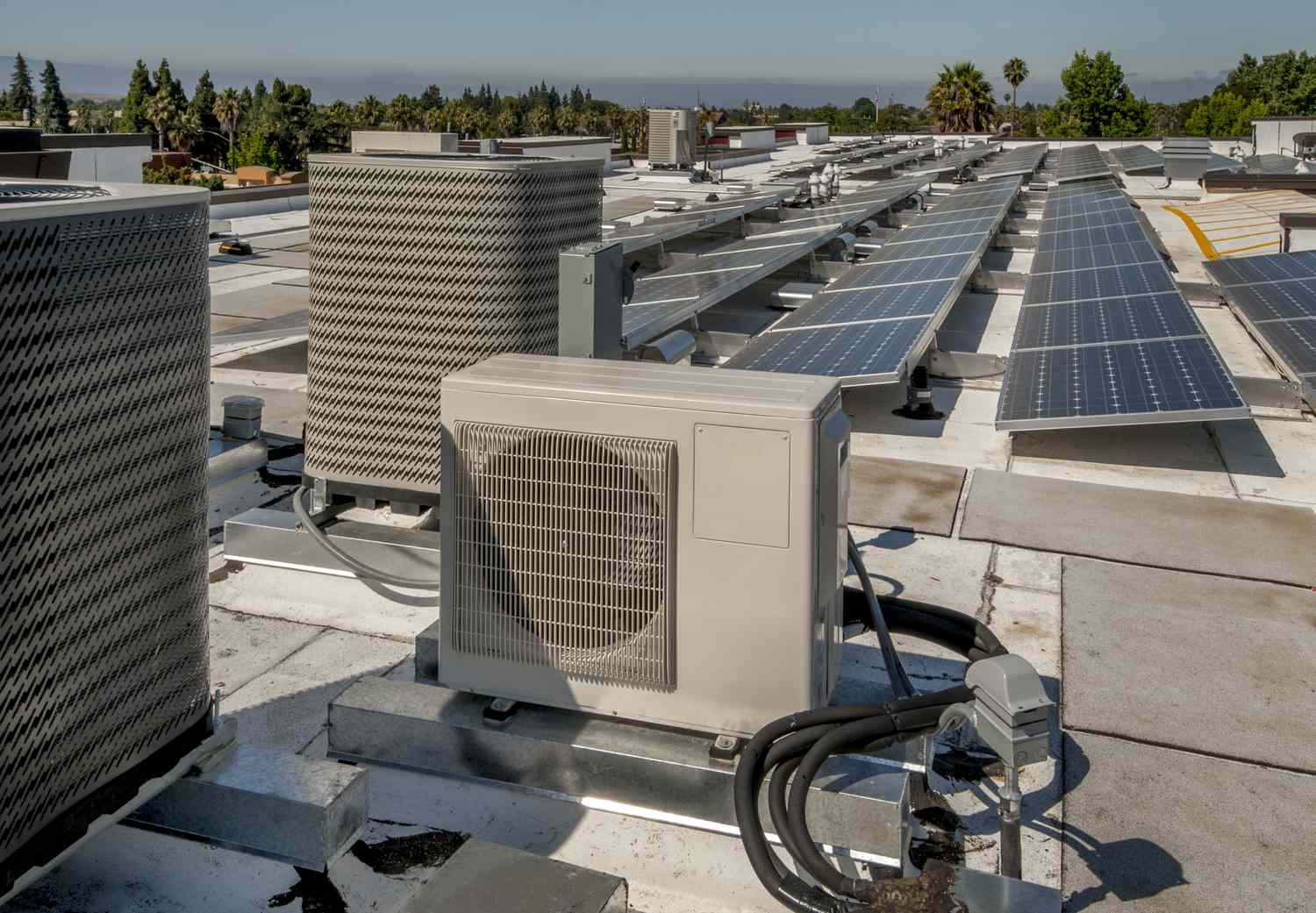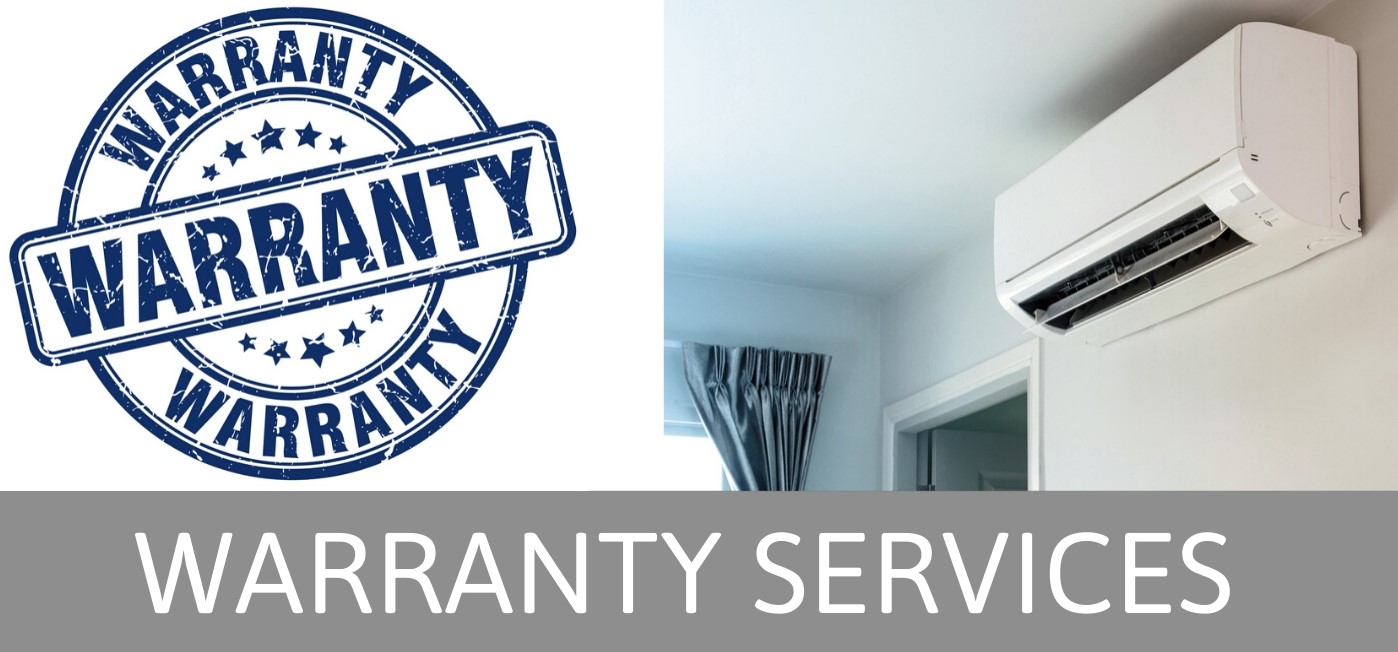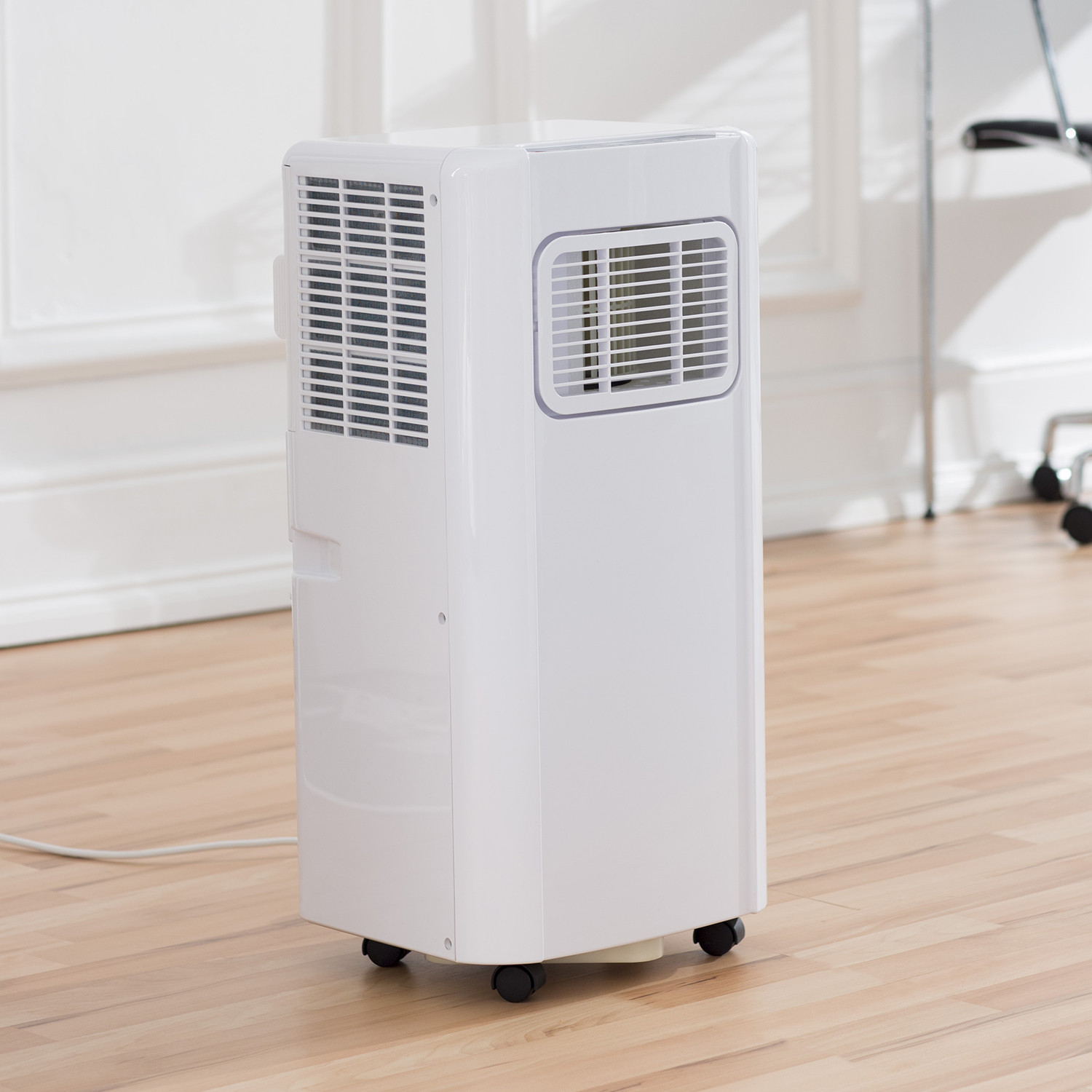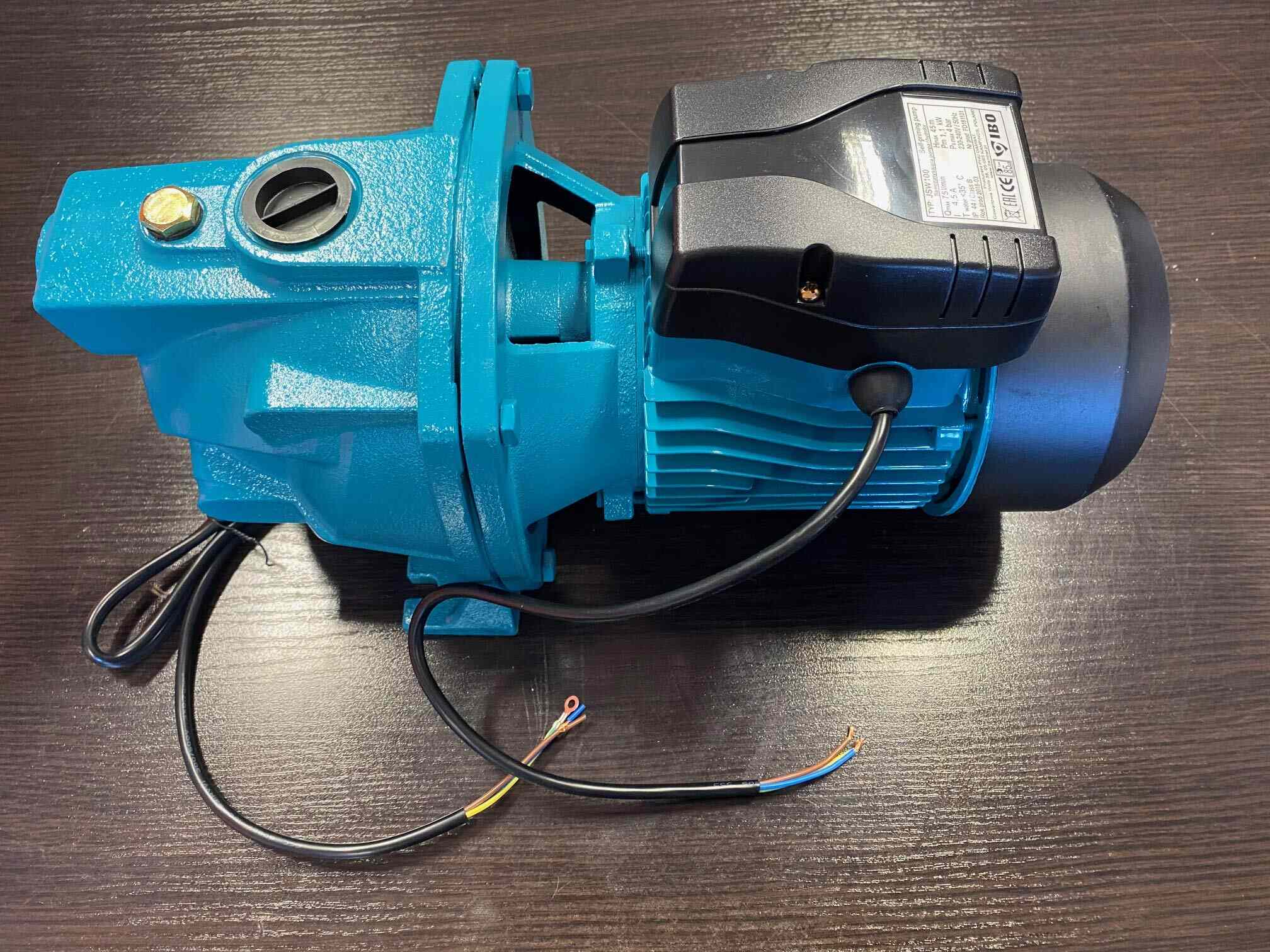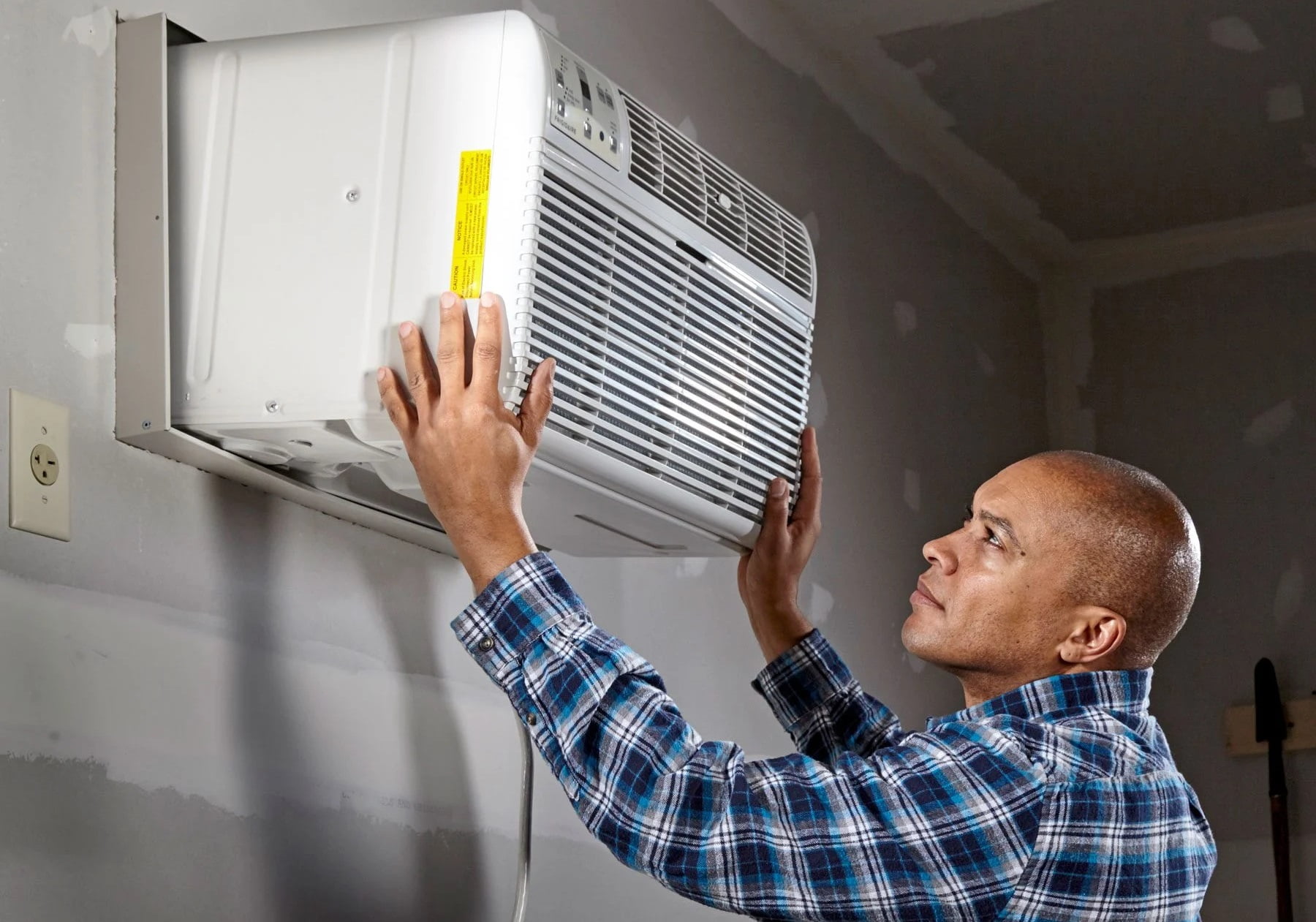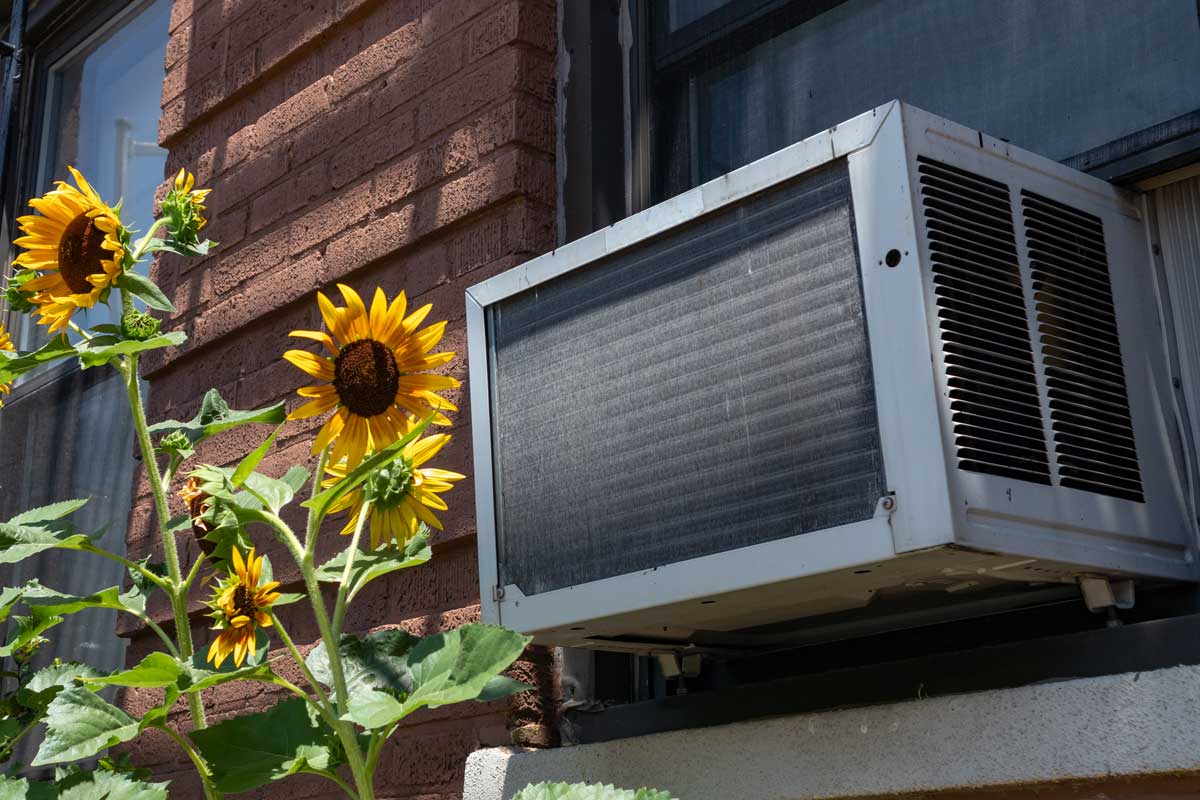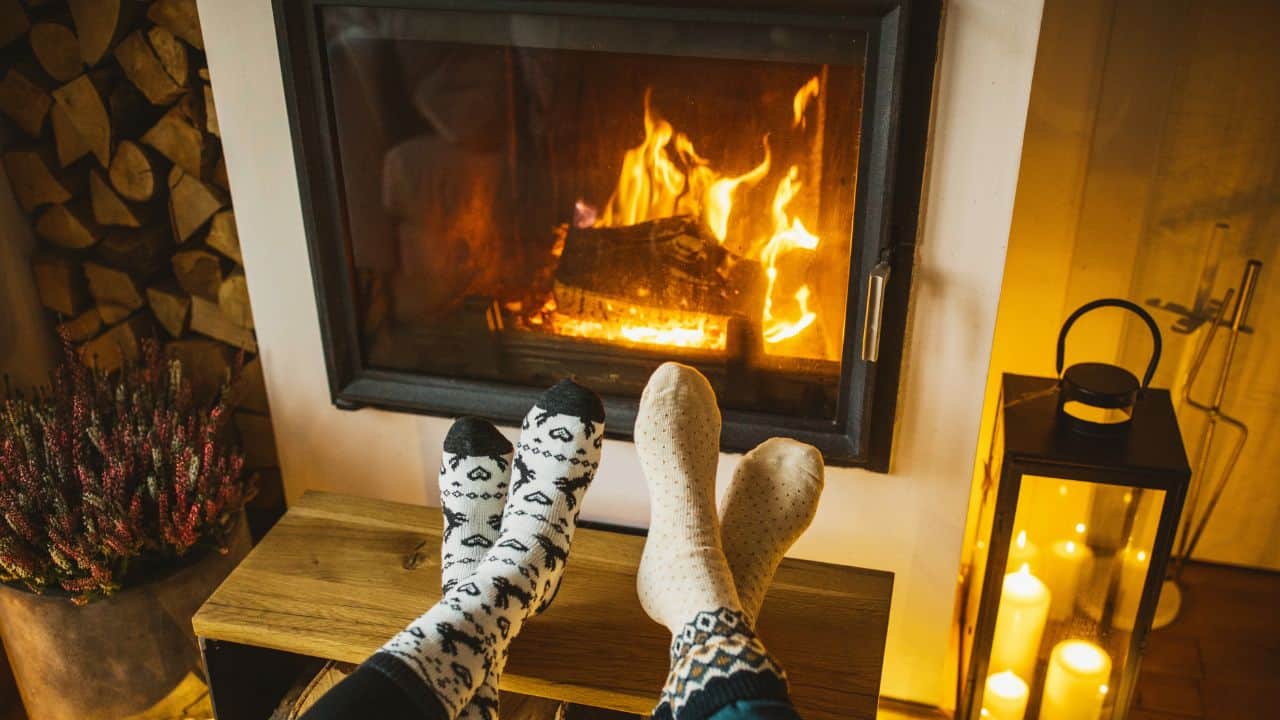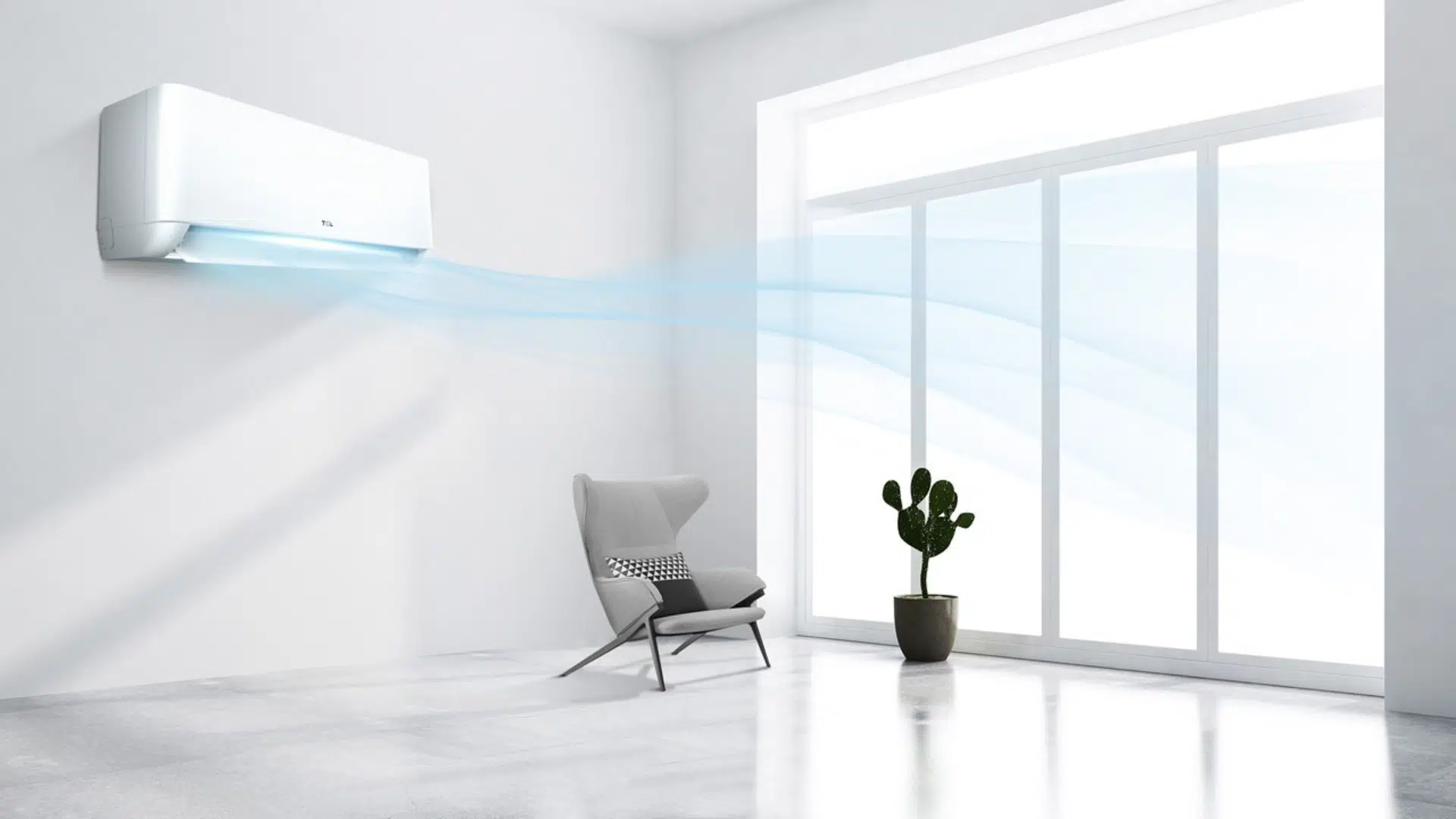Home>Home Maintenance>How Long Can You Run A Portable Air Conditioner
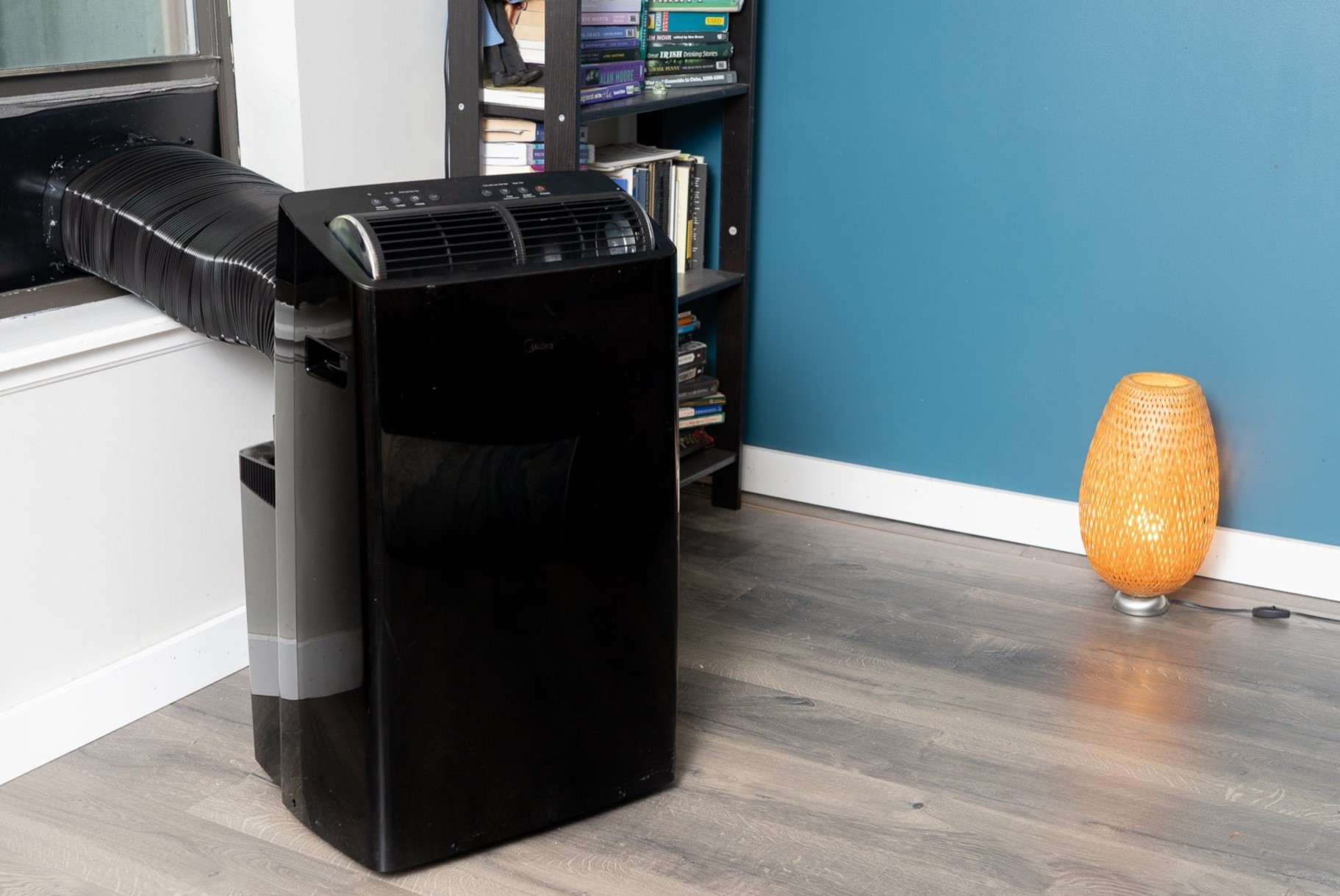

Home Maintenance
How Long Can You Run A Portable Air Conditioner
Modified: March 7, 2024
Learn how long you can run a portable air conditioner without causing any damage to your home. Stay cool and comfortable with proper home maintenance.
(Many of the links in this article redirect to a specific reviewed product. Your purchase of these products through affiliate links helps to generate commission for Storables.com, at no extra cost. Learn more)
Introduction
Welcome to the world of portable air conditioners! These innovative devices have become increasingly popular for providing convenient and efficient cooling solutions in homes and offices. Whether you live in a rental apartment, have limited space, or need to cool multiple rooms on a budget, a portable air conditioner can be a lifesaver during hot summer days.
But how long can a portable air conditioner run continuously? This is a common question among users who want to maximize the cooling effect and minimize energy consumption. In this article, we will delve into the factors that affect the running time of portable air conditioners and provide some tips to help you extend their operation for longer periods.
Before we dive into the details, it’s essential to understand that the running time of a portable air conditioner can vary depending on several factors. These factors include the capacity and BTU rating of the unit, its energy efficiency rating, ambient temperature and humidity, insulation and seal of the room, airflow and ventilation, size and type of the portable air conditioner, mode of operation, and any additional features and functions it may have.
By understanding these factors and implementing some practical tips, you can optimize the performance of your portable air conditioner and enjoy long-lasting coolness throughout the day.
Key Takeaways:
- Keep your portable air conditioner running efficiently by choosing the right size and type for your space. Proper insulation, airflow, and maintenance can extend its running time and minimize energy consumption.
- Take advantage of programmable timers, eco-friendly modes, and natural ventilation to optimize your portable air conditioner’s performance. Control sunlight and heat sources to create a comfortable indoor environment while reducing running time.
Read more: How Long Should Your Air Conditioner Run
Factors that Affect the Running Time of Portable Air Conditioners
When it comes to the running time of a portable air conditioner, several key factors come into play. Understanding these factors can help you manage your cooling needs effectively and ensure optimal performance. Let’s take a closer look at each of these factors:
- Capacity and BTU rating: The capacity and BTU (British Thermal Unit) rating of a portable air conditioner determine its cooling power. Units with higher capacities and BTU ratings can cool larger spaces more efficiently and quickly. If you have a portable air conditioner with a higher capacity, it may run for a shorter time to achieve the desired temperature.
- Energy efficiency rating: The energy efficiency rating of a portable air conditioner is indicated by its SEER (Seasonal Energy Efficiency Ratio) or EER (Energy Efficiency Ratio). The higher the SEER or EER rating, the more energy-efficient the unit is. A more energy-efficient portable air conditioner may run for longer periods without consuming excessive energy.
- Ambient temperature and humidity: The ambient temperature and humidity of the room can significantly impact the running time of a portable air conditioner. If you’re using the unit in a hot and humid environment, it may need to work harder and run for longer to cool the space adequately.
- Insulation and seal of the room: The level of insulation and seal of the room also play a vital role in the running time of a portable air conditioner. Properly insulated rooms with minimal air leakage will retain cool air better, allowing the unit to run for shorter periods and maintain a comfortable temperature.
- Airflow and ventilation: Good airflow and ventilation in the room help distribute cool air evenly and efficiently. If the portable air conditioner is obstructed or placed in a poorly ventilated area, it may have to work harder and run for longer to achieve the desired cooling effect.
- Size and type of portable air conditioner: The size and type of the portable air conditioner also affect its running time. Smaller and more compact units may have a lower cooling capacity and need to run for longer periods to achieve the desired temperature. Additionally, different types of portable air conditioners, such as single-hose or dual-hose models, have varying levels of energy efficiency and cooling performance.
- Mode of operation: Some portable air conditioners offer different operating modes, such as continuous or cyclic modes. In continuous mode, the unit runs non-stop until the desired temperature is reached, while in cyclic mode, it cycles on and off periodically. The mode of operation you choose can affect the running time of the portable air conditioner.
- Additional features and functions: Certain additional features and functions, such as programmable timers, sleep modes, and smart controls, can impact the running time of a portable air conditioner. These features allow you to set specific schedules or optimize cooling settings, reducing the need for continuous operation.
By considering these factors and optimizing your portable air conditioner’s settings, you can ensure efficient cooling and extend its running time for maximum comfort.
Capacity and BTU Rating
When choosing a portable air conditioner, one of the essential factors to consider is its capacity and BTU (British Thermal Unit) rating. The capacity of an air conditioner refers to the amount of cooling it can provide, while the BTU rating measures its cooling power. Understanding these specifications is crucial for determining the running time and effectiveness of the unit.
The capacity of a portable air conditioner is typically measured in tons or BTUs. One ton of cooling is equivalent to 12,000 BTUs per hour. The higher the BTU rating or the capacity, the more cooling power the unit has. However, it’s important to choose a portable air conditioner with the appropriate capacity for your space. Too small of a unit may struggle to effectively cool the room, while too large of a unit may cool the room too quickly and not remove enough humidity.
A higher capacity and BTU rating allow a portable air conditioner to cool a larger area more efficiently. For example, if you have a portable air conditioner with a capacity of 10,000 BTUs, it can effectively cool a room up to 350 square feet. On the other hand, a unit with a capacity of 14,000 BTUs can cool a room up to 550 square feet.
The running time of a portable air conditioner with a higher capacity and BTU rating may be shorter compared to a unit with lower cooling power. This is because a more powerful unit is able to cool the room faster and reach the desired temperature more quickly. Once the desired temperature is achieved, the unit can cycle on and off to maintain the set temperature, reducing the overall running time.
On the other hand, a portable air conditioner with a lower capacity may need to run for longer periods to cool a larger space or a room with higher heat load. It is important to choose a unit that matches the size and cooling requirements of your room to ensure optimal performance and minimize energy consumption.
When determining the appropriate capacity for your portable air conditioner, consider factors such as room size, insulation, number of occupants, heat-generating appliances, and the climate in your area. Additionally, it’s helpful to check the manufacturer’s recommendations to ensure you select a unit that suits your specific needs.
By choosing the right capacity and BTU rating for your portable air conditioner, you can enjoy efficient and effective cooling while optimizing the running time of the unit. Remember to properly maintain and clean the air conditioner to ensure optimal performance and longevity.
Energy Efficiency Rating
When it comes to choosing a portable air conditioner, energy efficiency plays a significant role in determining not only the running time but also the overall cost of operation. An energy-efficient portable air conditioner can help reduce electricity bills and minimize environmental impact. Understanding the energy efficiency rating is crucial for making an informed decision.
The energy efficiency rating of a portable air conditioner is typically indicated by its SEER (Seasonal Energy Efficiency Ratio) or EER (Energy Efficiency Ratio). The SEER rating measures the cooling output of the unit over a typical cooling season divided by the energy consumed, while the EER rating measures the cooling output divided by the energy consumed in one hour.
A higher SEER or EER rating indicates a more energy-efficient portable air conditioner. Energy-efficient models use advanced technologies and designs to optimize cooling performance while minimizing energy consumption. These units can cool your space effectively while reducing the strain on the electrical grid and decreasing greenhouse gas emissions.
Choosing an energy-efficient portable air conditioner can have several benefits, including:
- Cost savings: An energy-efficient unit can significantly reduce your electricity bills compared to a less efficient one. The lower energy consumption means that the portable air conditioner will run for shorter periods to achieve the desired temperature, resulting in savings over time.
- Environmental impact: Energy-efficient portable air conditioners help reduce the demand for electricity, which in turn reduces the need for power generation from fossil fuels. By minimizing your carbon footprint, you contribute to a more sustainable and environmentally friendly future.
- Longer lifespan: Energy-efficient models often incorporate high-quality components and advanced technologies, resulting in a longer lifespan. These units are built to operate efficiently while maintaining performance, reducing the likelihood of breakdowns and the need for premature replacement.
When shopping for a portable air conditioner, look for the Energy Star certification. Energy Star-certified products meet strict energy efficiency guidelines set by the U.S. Environmental Protection Agency. These units are designed to deliver exceptional energy performance without sacrificing comfort.
It’s worth noting that energy efficiency alone should not be the sole criteria for selecting a portable air conditioner. Consider other factors such as the capacity, BTU rating, and suitability for your space. Additionally, ensure proper installation, regular maintenance, and interior temperature management to maximize the energy efficiency of your portable air conditioner.
By choosing an energy-efficient portable air conditioner, you can enjoy the cooling comfort you need while reducing your energy consumption and environmental impact. It’s a win-win situation for both your wallet and the planet!
Ambient Temperature and Humidity
The ambient temperature and humidity of the room play a significant role in the running time of a portable air conditioner. Understanding how these factors affect your cooling needs can help you manage the operation of your unit effectively.
Ambient temperature refers to the temperature of the air surrounding the portable air conditioner. If you’re using the unit in a hot and humid environment, it will need to work harder to remove the heat and moisture from the air. This can result in a longer running time compared to using the unit in a cooler environment.
Hot temperatures increase the heat load on the portable air conditioner, as it needs to cool the air from a higher starting point to reach the desired temperature. The higher the ambient temperature, the longer the unit may need to run to achieve and maintain the set temperature.
Humidity levels can also impact the running time of a portable air conditioner. High humidity makes the air feel warmer and more uncomfortable, as moisture in the air slows down the evaporation of perspiration from your skin. To provide a cooler and more comfortable environment, a portable air conditioner needs to remove excess moisture from the air. The process of dehumidification can increase the running time of the unit.
In regions with hot and humid climates, using a portable air conditioner with a dehumidification mode can be beneficial. This mode prioritizes lowering humidity levels, ensuring a more comfortable indoor environment. By reducing the humidity, the unit can reach the desired temperature faster and maintain it with shorter running cycles.
It’s important to note that the impact of ambient temperature and humidity on running time can vary depending on the capacity and BTU rating of the portable air conditioner. Higher-capacity units can handle hotter temperatures and higher levels of humidity more effectively, whereas lower-capacity units may struggle and need to run for longer periods to achieve the same cooling effect.
To optimize the running time of your portable air conditioner in hot and humid conditions, consider the following tips:
- Close windows and doors to prevent warm, humid air from entering the room.
- Use curtains, blinds, or shades to block sunlight and reduce the heat load on the unit.
- Reduce the use of heat-generating appliances, such as ovens and stoves, during the hottest parts of the day.
- Ensure proper insulation and sealing of the room to minimize heat infiltration.
- Consider using fans to improve airflow and help circulate cool air throughout the room.
By taking these measures and being mindful of the ambient temperature and humidity of the room, you can optimize the running time of your portable air conditioner and maintain a comfortable indoor environment.
Read more: How Long Can You Run Electrical Wire
Insulation and Seal of the Room
The insulation and seal of the room are crucial factors that can significantly impact the running time and effectiveness of a portable air conditioner. Proper insulation and sealing can help maintain a stable indoor temperature, reduce heat transfer, and improve the overall efficiency of the cooling system.
Poor insulation and air leaks can allow cold air from the portable air conditioner to escape, while warm air from outside can infiltrate the room. This leads to a loss of cooling and puts a strain on the portable air conditioner, causing it to run for longer periods to compensate for the temperature fluctuations.
By improving the insulation and seal of the room, you can enhance the performance of your portable air conditioner and reduce its running time. Here are some tips to help you achieve effective insulation and sealing:
- Seal gaps and cracks: Inspect the room for any gaps or cracks around windows, doors, and other openings. Use weatherstripping, caulk, or sealant to seal these areas and prevent the exchange of air between the inside and outside.
- Insulate windows and doors: Apply weatherstripping or install draft stoppers around windows and doors to prevent air leakage. Consider using insulated curtains or window films to further reduce heat transfer through windows.
- Insulate walls and ceilings: Proper wall and ceiling insulation can significantly reduce the transfer of heat in both hot and cold climates. Insulation materials such as fiberglass, foam, or cellulose can be installed to improve the thermal efficiency of the room.
- Use door sweeps: Install door sweeps at the bottom of exterior doors to seal the gap between the door and the floor. This helps prevent cool air from escaping and warm air from entering the room.
- Insulate ductwork: If your portable air conditioner uses ductwork for air distribution, ensure that the ducts are properly insulated. Insulated ducts help maintain the temperature of the air as it travels from the unit to the different areas of the room.
Proper insulation and sealing of the room not only reduce the running time of the portable air conditioner but also improve overall energy efficiency and comfort. With less air leakage and heat transfer, the unit can reach the desired temperature more quickly and maintain it with shorter running cycles.
Remember to regularly inspect the insulation and seal of the room and make any necessary repairs or improvements. Taking these measures can help optimize the performance of your portable air conditioner and create a more comfortable indoor environment while reducing energy consumption.
Make sure to check the BTU (British Thermal Unit) rating of the portable air conditioner to determine how long it can effectively cool a room. A higher BTU rating means it can cool a larger area for a longer period of time.
Airflow and Ventilation
Airflow and ventilation are critical factors that can significantly affect the running time and efficiency of a portable air conditioner. Proper airflow and ventilation help distribute cool air evenly throughout the room, remove heat and humidity, and optimize the cooling performance of the unit. By ensuring adequate airflow and ventilation, you can enhance the effectiveness of your portable air conditioner.
Here are some factors to consider regarding airflow and ventilation:
- Positioning of the unit: Place the portable air conditioner in a location that allows for optimum airflow. Ensure that there is sufficient space around the unit for air to circulate freely. Avoid placing it near curtains, furniture, or other obstructions that can hinder air movement.
- Clean the filters: Regularly clean or replace the filters of your portable air conditioner. Dirty filters can restrict airflow and reduce the cooling efficiency of the unit. Clogged filters require the unit to work harder and run for longer periods to achieve the desired temperature.
- Utilize oscillation or fan modes: If your portable air conditioner has oscillation or fan modes, use them to improve airflow in the room. Oscillation helps distribute cool air more evenly, while the fan mode boosts air circulation and enhances the cooling effect.
- Check the vents and ductwork: Ensure that the vents and ductwork of the portable air conditioner are clean and unobstructed. Dust and debris can accumulate and block the airflow, reducing the overall cooling performance. Regularly inspect and clean the vents to maximize airflow efficiency.
- Consider using fans: Supplement the cooling effect of your portable air conditioner by using fans to enhance airflow. Ceiling fans or standing fans can help circulate cool air throughout the room, allowing the unit to operate more efficiently and reducing its running time.
In addition to considering airflow, proper ventilation is essential for optimal cooling. If the room lacks adequate ventilation, the cooled air may become stagnant, and humidity levels may increase, diminishing the effectiveness of the portable air conditioner.
If possible, open windows or doors in other parts of the house to create cross-ventilation. This allows fresh air to enter the room and facilitates the removal of stale air. However, be cautious about opening windows in extremely hot and humid climates, as this may introduce warm air and strain the cooling capacity of the portable air conditioner.
By ensuring proper airflow and ventilation, you can improve the cooling efficiency of your portable air conditioner, reduce its running time, and create a comfortable indoor environment. Remember to maintain the unit, clean the filters regularly, and keep the airflow pathways unobstructed for optimal performance.
Size and Type of Portable Air Conditioner
When it comes to portable air conditioners, size and type are important factors that can impact their running time and cooling effectiveness. Choosing the right size and type of portable air conditioner for your space is crucial for optimal performance and energy efficiency.
Size: The size of a portable air conditioner refers to its physical dimensions and cooling capacity. Portable air conditioners come in various sizes to accommodate different room sizes and cooling requirements. It is important to choose a unit that is appropriately sized for your space.
A unit that is too small will struggle to cool a larger room effectively and may need to run for longer periods to achieve the desired temperature. On the other hand, a unit that is too large for your space may cool the room too quickly and cycle on and off frequently, leading to inefficient energy usage.
Consider the square footage of the area you want to cool when selecting the size of your portable air conditioner. Manufacturers usually provide guidelines on the recommended room size for each unit, so be sure to check these specifications before making a purchase.
Type: Portable air conditioners come in different types, such as single-hose or dual-hose models. The type of unit you choose can impact its energy efficiency, cooling performance, and running time.
Single-hose portable air conditioner: This type of unit uses a single hose to expel hot air from the room and bring in fresh air for cooling. While single-hose models are more affordable and easier to install, they can be less energy-efficient compared to dual-hose models. They have a slightly higher running time as they need to work harder to cool the room and compensate for the air that is expelled.
Dual-hose portable air conditioner: Dual-hose models have two hoses—one for the intake of fresh air and the other for the exhaust of hot air. This type of portable air conditioner provides more efficient cooling by preventing negative air pressure and eliminating the need to draw in additional outside air. As a result, dual-hose units tend to have shorter running times and higher energy efficiency.
When considering the type of portable air conditioner, take into account your specific cooling needs, budget, and available space for installation. While dual-hose models may offer better energy efficiency and shorter running times, single-hose units can still provide effective cooling for smaller spaces on a more limited budget.
Remember to properly size and choose the appropriate type of portable air conditioner for your room to maximize cooling performance and minimize running time. It is also beneficial to review customer reviews and energy efficiency ratings to ensure you select a reliable and efficient unit that suits your specific needs.
Mode of Operation (Continuous vs. Cyclic)
The mode of operation you choose for your portable air conditioner can have an impact on its running time, energy consumption, and overall cooling effectiveness. Understanding the differences between continuous and cyclic modes of operation can help you optimize the performance of your unit.
Continuous mode: In continuous mode, the portable air conditioner runs continuously until it reaches the desired temperature or until you manually turn it off. This mode ensures a constant flow of cool air into the room, maintaining a consistent temperature. Continuous mode is ideal for situations where you need continuous cooling, such as during hot summer days or in rooms with excessive heat load.
While continuous mode provides a continuous and consistent cooling effect, it may result in longer running times and potentially higher energy consumption. The unit continuously operates to maintain the set temperature, even when the room is adequately cooled. This mode is suitable when you require uninterrupted cooling for an extended period.
Cyclic mode: In cyclic mode, the portable air conditioner cycles on and off periodically to maintain the desired temperature. The unit detects the room temperature and operates accordingly, turning on when the temperature rises above a certain threshold and turning off when the temperature reaches the desired level. Cyclic mode is designed to optimize energy usage and reduce the running time of the unit.
By cycling on and off, the unit operates more efficiently, consuming less energy during periods of cooling maintenance. Cyclic mode is suitable for situations where you want to balance energy consumption and cooling effectiveness. It helps reduce running time, extend the lifespan of the unit, and minimize overall energy costs.
When deciding between continuous and cyclic modes, consider factors such as the climate, room size, temperature preferences, and cooling needs. Continuous mode is recommended for hot climates or rooms with high heat load, while cyclic mode is suitable when you want to balance cooling effectiveness and energy efficiency.
Some portable air conditioners offer additional features, such as programmable timers, which allow you to set specific operating schedules. You can take advantage of these features to optimize energy consumption by setting the air conditioner to operate only when needed, such as when you are present in the room or during peak hot hours.
Ultimately, the choice between continuous and cyclic modes depends on your preferences and cooling requirements. Consider experimenting with both modes to find the optimal balance between cooling performance and energy efficiency for your specific situation.
Regardless of the mode of operation, proper maintenance of the portable air conditioner, including regular cleaning of filters and vents, is essential to ensure optimal performance and extend the lifespan of the unit.
Read more: How Long Should You Run Air Purifier
Additional Features and Functions
When shopping for a portable air conditioner, you’ll come across various models that offer additional features and functions. These features can enhance the performance, convenience, and energy efficiency of the unit. Understanding and utilizing these features can optimize the running time and overall cooling experience of your portable air conditioner.
Here are some common additional features and functions to look out for:
- Programmable timers: Many portable air conditioners come equipped with programmable timers. These timers allow you to schedule when the unit turns on and off, ensuring that it operates only when needed. By utilizing this feature, you can control the running time and energy consumption of the unit, saving energy during periods when cooling is not required.
- Sleep mode: Sleep mode is designed to provide a comfortable sleeping environment by gradually adjusting the cooling settings during the night. It typically reduces the cooling capacity and fan speed to minimize noise and energy consumption. Sleep mode can help maintain a desired temperature without the need for continuous operation throughout the night.
- Smart controls and compatibility: Some portable air conditioners offer smart controls, allowing you to control and monitor the unit remotely through a smartphone app. These smart features may also include compatibility with voice assistants, such as Alexa or Google Assistant, for voice-controlled convenience.
- Auto mode: Auto mode is an intelligent feature that automatically adjusts the cooling settings based on the room temperature. The unit detects the temperature and selects the appropriate fan speed and cooling mode to maintain a comfortable environment. This feature optimizes energy efficiency by adjusting the running time and cooling output as needed.
- Dehumidification mode: Many portable air conditioners have a dehumidification mode that focuses on removing excess moisture from the air. This feature is especially useful in humid climates or during the rainy seasons. Reducing humidity levels ensures a more comfortable environment and helps the unit achieve the desired temperature more efficiently, potentially reducing the running time.
By utilizing these additional features and functions, you can optimize the performance of your portable air conditioner, reduce energy consumption, and achieve a more comfortable indoor environment. However, be mindful of the specific features and their suitability for your needs when selecting a portable air conditioner model.
Remember to consult the user manual or manufacturer’s instructions to fully understand how to operate and maximize the benefits of these features. Regular maintenance, including cleaning filters and vents, is also crucial for ensuring optimal performance and extending the lifespan of your portable air conditioner.
Consider your specific cooling requirements and preferences when choosing a portable air conditioner with additional features. These features can enhance your overall cooling experience, improve energy efficiency, and provide a customized and convenient cooling solution for your space.
Tips to Extend the Running Time of a Portable Air Conditioner
To maximize the running time and efficiency of your portable air conditioner, consider implementing the following tips:
- Properly size the unit: Choose a portable air conditioner with the appropriate cooling capacity for your room size. An undersized unit may struggle to cool the space effectively, leading to longer running times, while an oversized unit may cycle on and off too frequently, reducing efficiency.
- Optimize insulation and sealing: Improve the insulation and seal of your room to minimize heat transfer and air leakage. Ensure windows and doors are properly sealed, and use weatherstripping to seal gaps. Good insulation reduces the strain on the portable air conditioner and helps maintain a stable temperature for longer periods.
- Optimize airflow: Position the portable air conditioner in an area with good airflow and avoid obstructions. Clean the filters regularly to maintain proper airflow and maximize cooling efficiency. Consider using fans to improve air circulation throughout the room.
- Utilize programmable timers: Take advantage of programmable timers to schedule the operation of your portable air conditioner. Set the unit to turn on shortly before you arrive home or when you need cooling the most, and program it to shut off when you no longer require cooling. This helps optimize running time and reduces unnecessary energy consumption.
- Consider using eco-friendly modes: Many portable air conditioners offer eco-friendly or energy-saving modes. These modes adjust the cooling settings to reduce energy consumption while maintaining a comfortable indoor temperature. Enable these modes to extend the running time and conserve energy.
- Maintain cleanliness: Regularly clean and maintain your portable air conditioner to ensure optimal performance. Clean the filters, vents, and condenser coils according to the manufacturer’s instructions. A clean unit operates more efficiently and requires less energy to cool the room, increasing its running time.
- Control sunlight and heat sources: Use curtains, blinds, or shades to block sunlight from entering the room and reduce heat gain. Limit the use of heat-generating appliances during the hottest parts of the day to minimize the strain on the portable air conditioner.
- Utilize natural ventilation: Take advantage of cooler evening or early morning temperatures by opening windows and allowing fresh air to circulate. This natural ventilation can help reduce the running time of your portable air conditioner, especially during milder weather conditions.
Implementing these tips can help optimize the running time and performance of your portable air conditioner, ensuring efficient cooling and minimizing energy consumption. By taking proactive measures, you can enjoy the benefits of a comfortable indoor environment while optimizing the longevity and energy efficiency of your portable air conditioner.
Conclusion
Portable air conditioners are a convenient and efficient solution for cooling your living space, providing comfort during hot summer months. Understanding the factors that affect the running time of a portable air conditioner and implementing helpful tips can help you optimize its performance and energy efficiency.
We explored various factors that impact running time, such as the capacity and BTU rating, energy efficiency rating, ambient temperature and humidity, insulation and seal of the room, airflow and ventilation, size and type of the unit, and the mode of operation. By considering these factors when selecting a portable air conditioner, you can choose a unit that is appropriate for your specific cooling needs.
We also discussed additional features and functions that can enhance the performance of a portable air conditioner, such as programmable timers, sleep mode, smart controls, and dehumidification mode. These features provide greater control, convenience, and energy efficiency, which can contribute to extending the running time of the unit.
To maximize the running time of your portable air conditioner, we provided several tips, including properly sizing the unit, optimizing insulation and seal, optimizing airflow and ventilation, utilizing programmable timers, considering eco-friendly modes, maintaining cleanliness, controlling sunlight and heat sources, and utilizing natural ventilation.
By implementing these tips and understanding how to properly use your portable air conditioner, you can prolong its running time, reduce energy consumption, and create a comfortable indoor environment. Regular maintenance, cleaning filters, and following manufacturer guidelines are essential for ensuring optimal performance and extending the lifespan of the unit.
In conclusion, by being mindful of the factors that affect the running time, utilizing additional features, and implementing our tips, you can enhance the performance of your portable air conditioner and enjoy cool comfort throughout the day. Take the time to choose the right unit for your space, optimize its settings, and maintain it properly to get the most out of your portable air conditioner.
Frequently Asked Questions about How Long Can You Run A Portable Air Conditioner
Was this page helpful?
At Storables.com, we guarantee accurate and reliable information. Our content, validated by Expert Board Contributors, is crafted following stringent Editorial Policies. We're committed to providing you with well-researched, expert-backed insights for all your informational needs.
